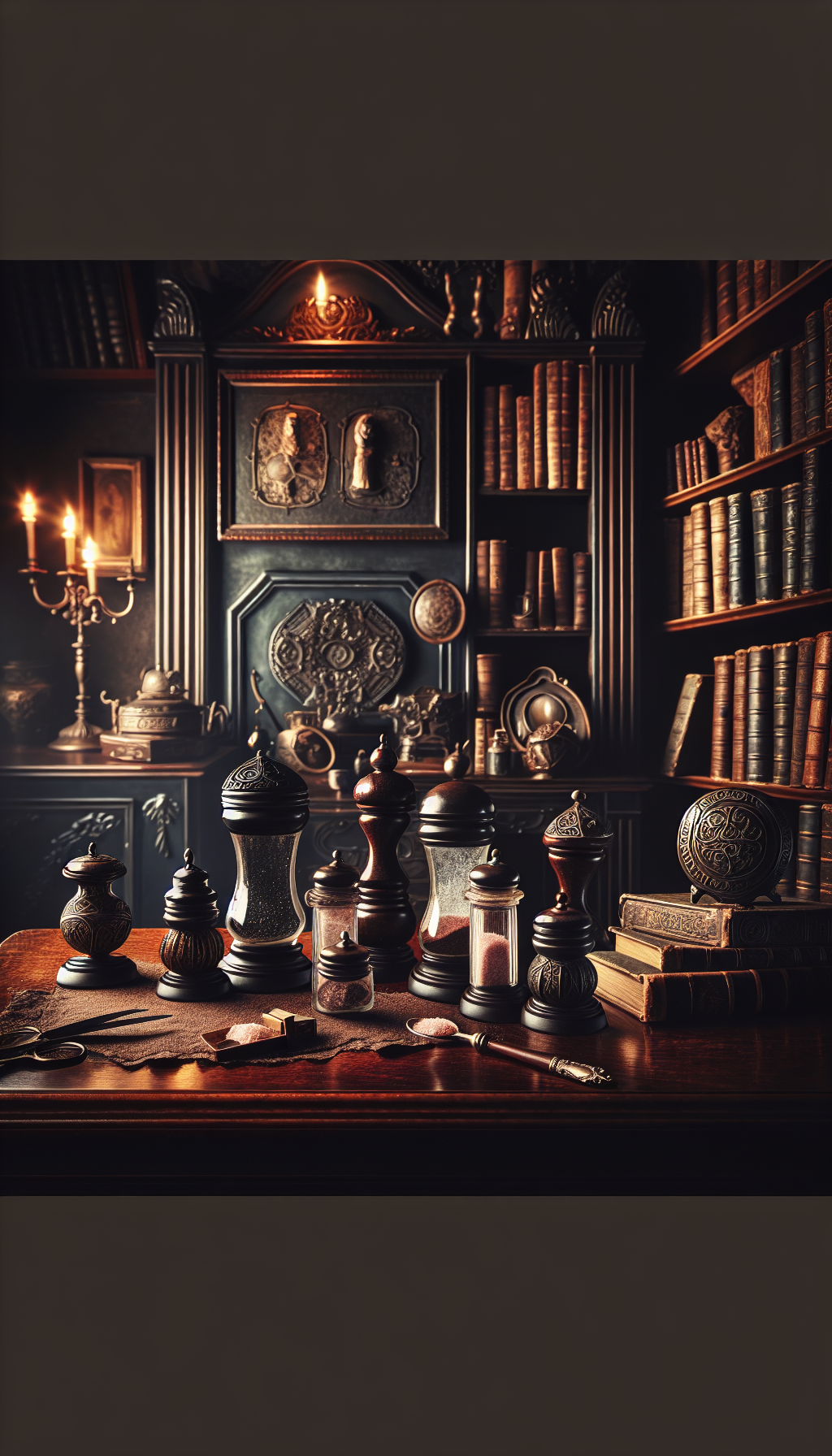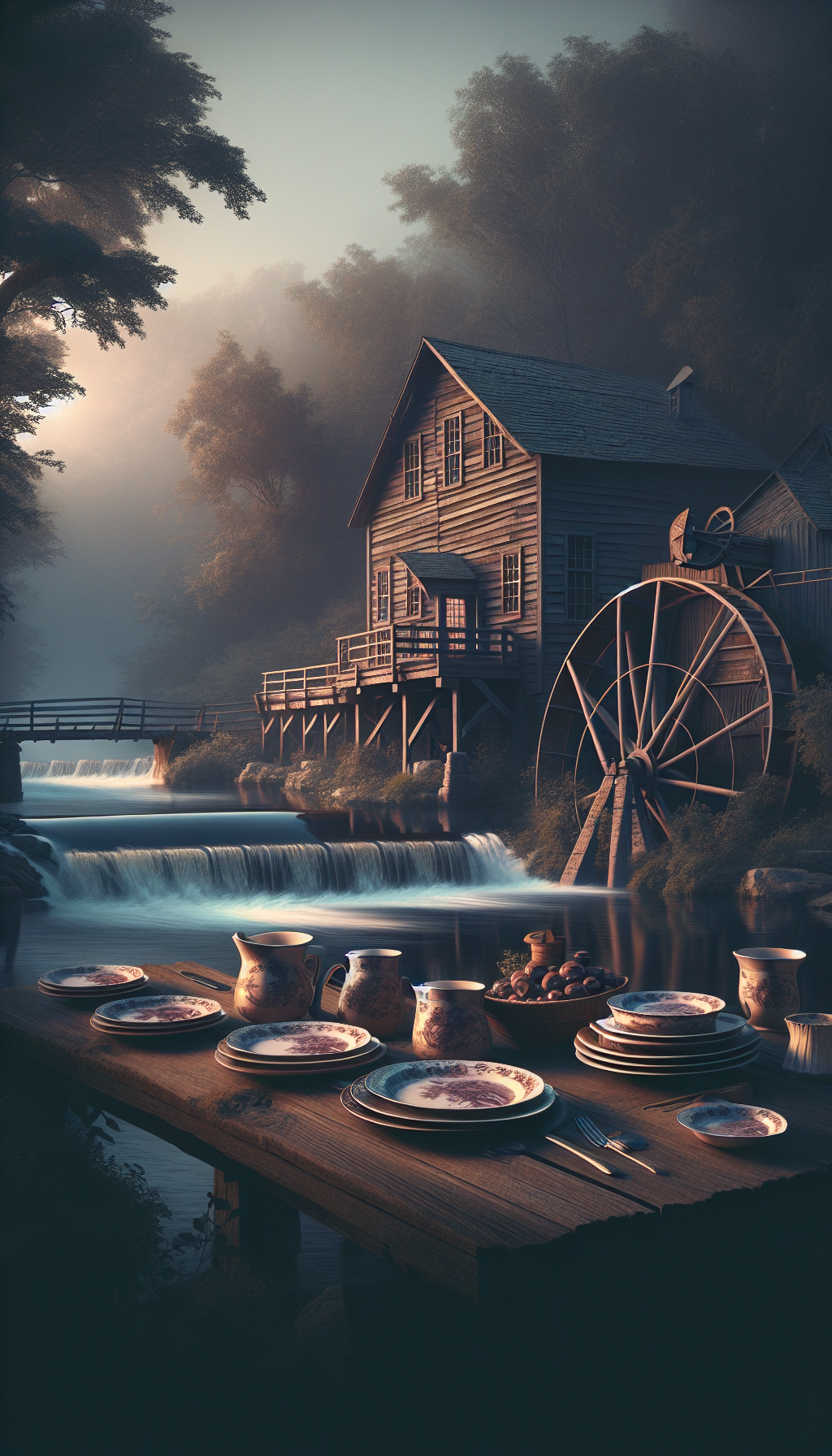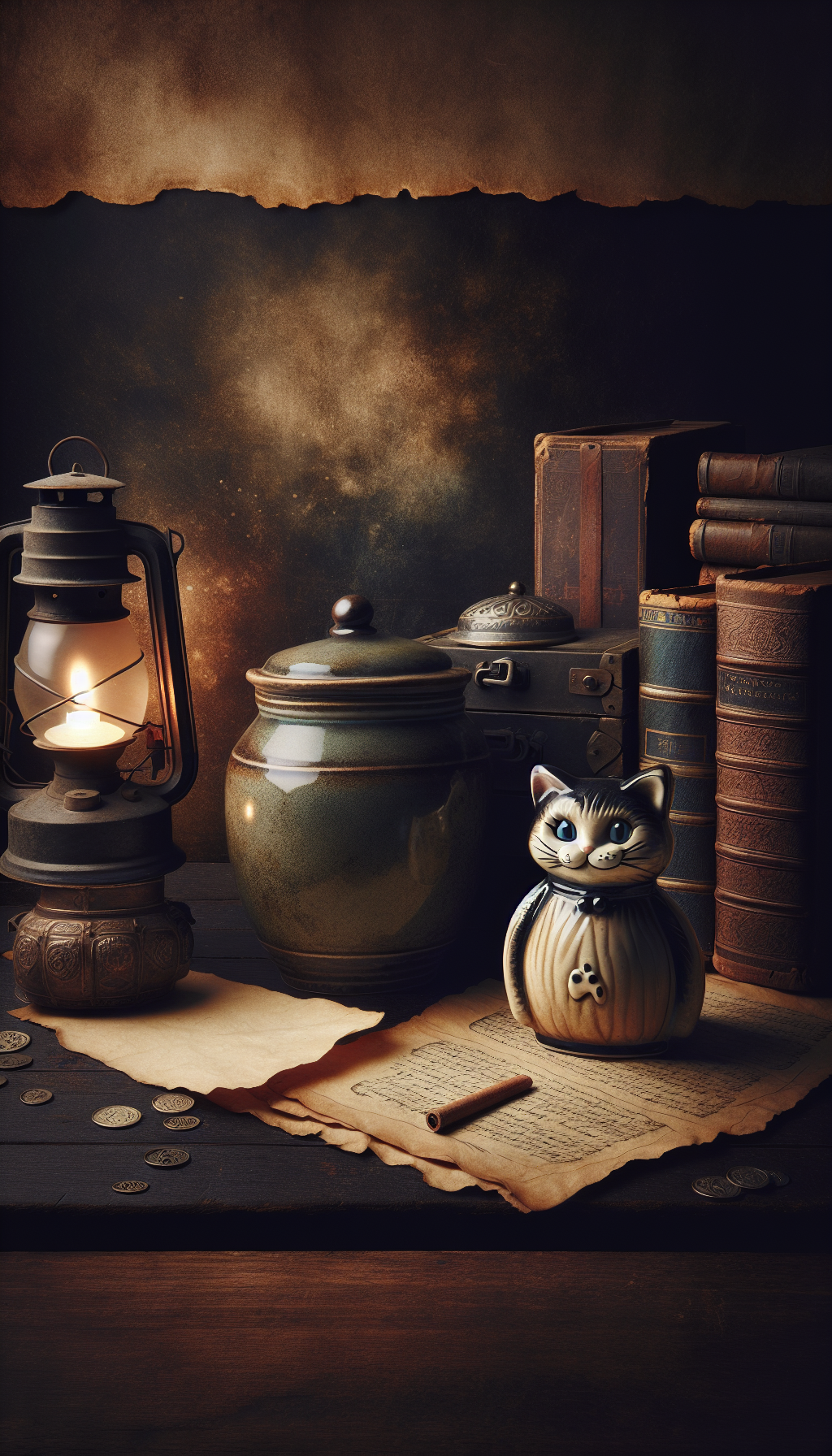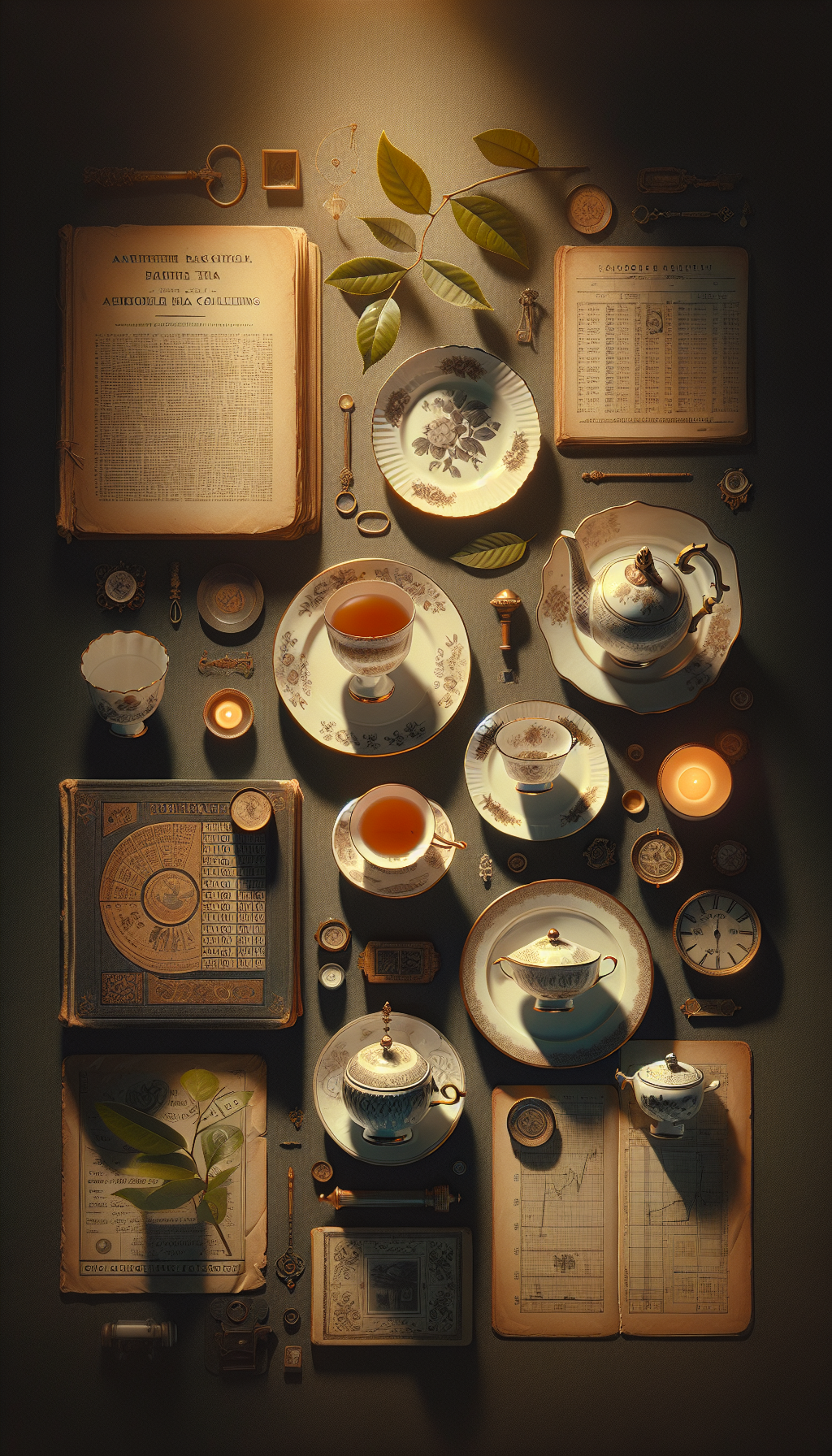18th Century Wedgwood And Bentley Black Basalt Urn
For collectors and appraisers, few neoclassical ceramics distill the ambitions of late Georgian Britain as crisply as a Wedgwood & Bentley black basalt urn. This dense, satin-black stoneware—refined to a level of classical restraint and technical polish—became a benchmark for taste between 1769 and 1780, when Josiah Wedgwood partnered with Thomas Bentley to produce works “after the antique” for a clientele obsessed with the Grand Tour. This guide focuses on what to look for—form, fabric, marks, and condition—when evaluating an 18th-century black basalt urn, and what factors drive value.
Origins of Black Basalt and the Wedgwood & Bentley Partnership
- The body: Black basalt is a fine, vitrified stoneware colored in the mass with iron and manganese oxides. Firing at high temperature yields a dense, grain-tight body with a deep, even black to black-brown tone and a gentle satin sheen that can be enhanced by polishing.
- The name: Wedgwood dubbed his perfected body “basaltes” in 1768 (often referenced simply as black basalt), alluding to the volcanic stone prized by classicists.
- The partnership: The mark “Wedgwood & Bentley” denotes the period 1769–1780, when entrepreneur-tastemaker Thomas Bentley steered design and marketing. This era coincides with the founding of Wedgwood’s Etruria Works (1769), specialized turners and modelers, and a surge in neoclassical shapes inspired by ancient Greek and Roman prototypes.
- Why urns: Urns and vases were the ideal vehicles for the new classicism—campana forms, kraters, cinerary urns, perfume burners, and potpourri forms translated elegantly into basalt. The body’s ability to take turning and crisp edges made it perfect for sharp profiles and engine-turned ornament.
Anatomy of an 18th-Century Basalt Urn
Understanding the vocabulary of forms and techniques helps you separate period work from later wares.
Forms you’ll encounter
- Campana urn: Bell-shaped body, flaring lip, domed cover with a pinecone, flame, or berry finial, on a socle foot.
- Cinerary urn: Lidded, often more austere, sometimes with applied masks or ring handles; occasionally used purely as decorative “antique” references.
- Potpourri/perfume burner: Pierced cover and sometimes a pierced body panel; liners are uncommon in basalt.
- Amphora-type: With loop or scroll handles; rarer in true basalt during the partnership period, more common as vases than strictly “urns.”
Ornament and finishing
- Engine-turning: Bands of fine ribbing, reeding, or diaper patterns created on a lathe after the body was leather-hard. Look for concentric precision and continuity of patterns around the circumference.
- Bead-and-reel, laurel, and guilloche: Moulded rings applied at shoulder or foot lend crisp neoclassical definition.
- Encaustic linework: Fired pigments (often iron-red, occasionally white) painted as fillets or Greek key bands on the black body. These lines sit slightly proud and have a fired-in feel, not the soft sheen of cold paint.
- Mounts: Some high-end urns were sold to be mounted or were supplied with bronze/ormolu mounts. Well-fitted mounts with 18th-century screws and patina can be original or near-original to retailing, but mounted examples are the exception rather than the rule.
- Applied relief: Basalt normally reads as monochrome; sprigged relief in the same black is seen, but extensive white relief belongs to jasperware, not basalt.
Proportions and craftsmanship
- Profiles: Wedgwood & Bentley urns show sophisticated, studied profiles—subtly undercut lips, clean junctions between body and socle, and controlled silhouette. Awkward swells, thick lips, or blunted mouldings often flag later or lesser factory work.
- Interior finish: Turning marks may be visible inside the neck or under the lid; interiors are typically smooth but not polished like the exterior.
- Surface: Early basalt has a satin, “stonelike” sheen, sometimes further burnished. High gloss suggests later polishing; dull chalkiness may indicate overcleaning.
Dating and Authentication: Separating 1769–1780 from Later Wares
Most appraisals hinge on getting the period right. Use multiple data points—mark, fabric, form, and finish—to converge on a date range.
Marks you may see
- WEDGWOOD & BENTLEY: Impressed mark used circa 1769–1780. Its presence strongly supports the partnership period, but absence does not preclude it; not all pieces were marked with the ampersand.
- WEDGWOOD alone: Used both before, during, and after the partnership period. Context matters—pair it with other evidence.
- Workmen’s or inventory marks: Incised or impressed numerals/letters can be assembly or turner’s marks; treat as supporting evidence, not a primary date tool.
- 19th/20th-century marks to rule out 18th century: WEDGWOOD with ENGLAND (post-1891) or MADE IN ENGLAND (widely from early 20th century) signifies later manufacture. Wedgwood’s three-letter date codes begin in the 1860s; any such code removes the piece from the 18th century.
Fabric and color cues
- True basalt is black “through the body.” A clean chip will reveal the same black (not a lighter core beneath a dark surface).
- 18th-century basalt often has a warm black-brown undertone under strong light; the surface presents a velvet-satin rather than matte powdery or thickly polished gloss.
- Weight and ring: The body feels dense for size. A gentle tap can produce a clear, stony ring; a dull note can indicate a crack, internal flaw, or later paste.
Form and technique as dating clues
- Engine-turned bands of very fine, crisp cut are characteristic of 1770s virtuosity. Later engine-turned decoration exists, but 18th-century turning reads clean and taut, with minimal chatter.
- Encaustic linework in red/brown/white is known in the partnership period; sloppy, thick “painted” lines that rub off suggest cold-painted later enhancements.
- Pierced potpourri covers: Late Georgian examples show carefully designed piercework; overly intricate or machine-regular patterns can skew later.
Distinguishing Wedgwood from contemporaries
- Other makers—Turner, Adams, Neale & Co., Herculaneum—also produced black basalt in the late 18th/early 19th century. Quality can be high, but shapes and mouldings differ in nuance.
- Non-Wedgwood marks (TURNER, ADAMS, etc.) should be taken at face value. Unmarked pieces require comparison to documented Wedgwood shapes and proportions.
Common pitfalls
- Mixed marriages: Later Wedgwood lids on earlier bodies (or vice versa). Check fit, color match, and interior turning to ensure compatibility.
- Additive upgrades: Later ormolu mounts, added finials, or applied relief. Examine screw threads, witness marks, and patination.
Condition, Restoration, and Pitfalls
Basalt’s strengths—density and crisp edges—come with vulnerability at rims, finials, and handles. Condition significantly affects value, especially for high-style urns.
Typical damage patterns
- Rim and finial chips: Fresh breaks show lighter grey; old chips may be waxed over to “blend.”
- Hairlines: Look at the shoulder, socle join, and around handle attachments. Use raking light; gently flexing lids (carefully) may reveal tight cracks.
- Repaired cracks: Overpainted fills can appear slightly glossier or “dead black” against a warm satin body. Edges of overpaint sometimes fluoresce under UV; adhesives often do.
- Surface polish and wax: Historic waxing is normal; aggressive modern polishing can blur mouldings and produce an unnatural gloss.
Mounts and metalwork
- Loose mounts can abrade edges. Green corrosion on bronze near contact points may signal long-term moisture exposure; remove only with professional advice.
- Replacement screws or modern threads indicate later intervention; period screws are hand-cut and irregular.
Restoration ethics and value
- Discrete conservation that stabilizes hairlines is widely accepted; extensive repainting, replacement finials, or rebuilt rims depress value.
- In pairs, symmetry matters: One restored and one untouched affects pair value more than comparable restoration on a single.
Handling and storage
- Never lift by the lid or handles. Always lift vessel and lid separately, supporting the body and socle. Avoid sudden temperature changes (cold-to-warm cabinets can encourage microcracks).
The Market Today: Rarity, Demand, and Value
Black basalt appeals to both ceramics specialists and design collectors. Urns with strong neoclassical silhouettes, documented 18th-century features, and excellent surface command the best prices.
What drives value
- Period: Pieces attributable to the Wedgwood & Bentley decade (1769–1780) carry a premium, especially with corroborating marks and features.
- Form and size: Sculptural campana urns on tall socles, cinerary urns with distinctive finials, and well-proportioned potpourri forms stand out. Larger scale generally helps, but only if the proportions remain elegant.
- Decoration and mounts: Fine engine-turning, clean encaustic lines, and tasteful original ormolu mounts raise interest. Over-the-top or later mounts can backfire.
- Pairs and provenance: True pairs with consistent turning and finish are particularly desirable. Provenance to notable collections or early inventories supports value.
- Condition: Minor, honest wear is acceptable; invisibly restored, structurally compromised pieces lag the market.
Price climate
- Well-presented singles with strong period features often trade in the low-to-mid four figures.
- Marked Wedgwood & Bentley examples, rarer forms, or pieces with early mounts rise into the high four to low five figures.
- Exceptional pairs, museum-caliber models, or documented commissions can exceed these ranges.
- As always, local demand, current fashion for neoclassicism, and the visibility of recent auction comparables influence results.
Documentation and due diligence
- Compare your urn’s profile, mouldings, and turning to published Wedgwood shape books and museum examples where possible.
- Keep detailed photos (profiles, base, mark, lid interior, damage, and any mounts) and measurements; they are essential for remote opinions.
Quick Appraisal Checklist
- Mark
- Look for an impressed WEDGWOOD & BENTLEY (1769–1780). A plain WEDGWOOD requires more evidence; any ENGLAND or MADE IN ENGLAND mark rules out 18th century.
- Body and color
- Confirm black-through body at a discreet chip or foot edge. Expect a satin, stonelike sheen rather than a glossy glaze.
- Form and finish
- Assess classical proportions, crisp mouldings, and fine engine-turned bands. Check for encaustic lines that are fired-in, not wiped-on paint.
- Lid and fit
- Ensure the lid matches the body in color, turning, and fit. Finials should be centered and original in profile.
- Condition
- Inspect rim, finial, and handle points for chips/hairlines. Use raking light; check for overpaint or filled repairs.
- Mounts
- If present, evaluate age and fit of metalwork; period screws and patina are encouraging, but mounts are not required for authenticity.
- Comparables
- Note dimensions, weight, and all marks. Photograph thoroughly to compare against documented 18th-century examples.
FAQ
Q: Are all Wedgwood & Bentley black basalt urns marked with the ampersand? A: No. While the WEDGWOOD & BENTLEY impressed mark is strong evidence for 1769–1780, many period basalt pieces bear only WEDGWOOD, and some are unmarked. Assess mark, fabric, form, and finish together.
Q: How can I tell black basalt from black jasperware? A: Basalt is a dense, fine-grained stoneware with a satin “stone” surface, typically undecorated or with subtle turning and encaustic lines. Jasperware is a finer, more matte body most famous for white sprigged relief on colored grounds. Extensive white relief suggests jasper, not basalt.
Q: Are ormolu-mounted urns always later? A: Not always. Some basalt vases and urns were conceived for mounting or were mounted soon after sale. Evaluate the fit, screw types, and witness marks. Poorly fitted mounts or bright modern screws suggest later additions.
Q: What’s the safest way to clean a basalt urn? A: Dust with a soft brush or microfiber cloth. If necessary, lightly dampen with deionized water and dry immediately—avoid detergents, oils, and abrasive pads. Do not immerse; trapped moisture can migrate and cause staining or cracks.
Q: Does a single small chip ruin the value? A: Minor edge chips or light abrasions are common and often acceptable, especially on genuinely 18th-century pieces. However, large rim losses, structural cracks, or obvious overpainting can significantly reduce value, particularly for high-style or paired urns.
With grounded attention to mark, fabric, form, and condition, the 18th-century Wedgwood & Bentley black basalt urn reveals itself. Its appeal lies as much in restraint and proportion as in rarity—and the best examples still read, unmistakably, as objects “after the antique,” refined for the modern eye of the 1770s.




